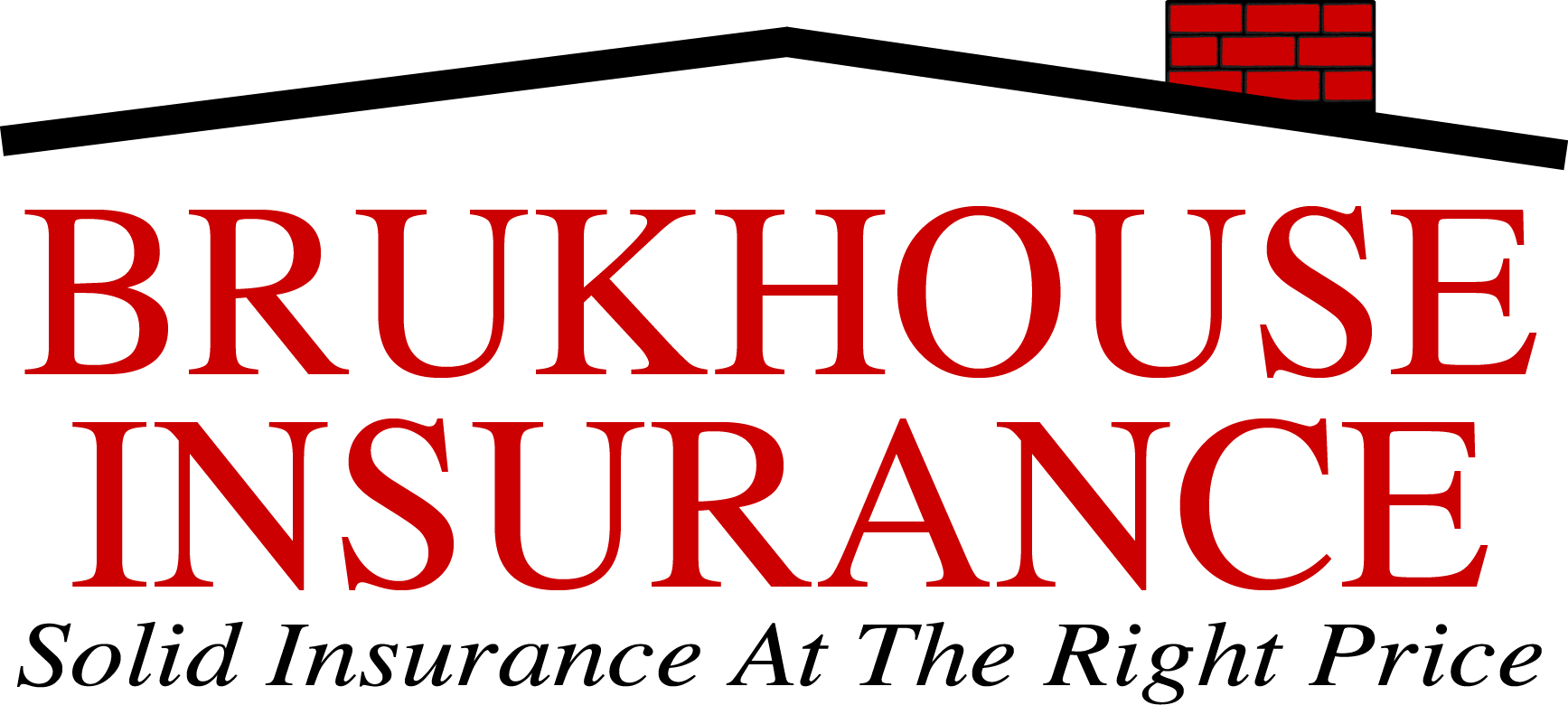Collision Coverage: This coverage covers your auto when it has collided with another auto or object. (Exception being contact with an animal)
Comprehensive Coverage: This covers almost every other type of direct accidental loss, such as hail damage or contact with an animal.
UMBI: This coverage pays the insured’s family/guest passengers in the event that an accident is caused by an uninsured or underinsured driver.
New Vehicle Replacement: In the event of a total loss, the new vehicle replacement coverage could pay for a few options. Verified purchase price to replace the vehicle, the cost of a similar vehicle, or the market value of your vehicle.
Telematics: Each carrier has a different telematics program. To complete this process, the carrier watches and studies your driving habits via a mobile app, and then re-rate your policy after having recorded data. This could help to decrease your premium from 5-40% depending on the carrier.
Roadside: This coverage also differs between carriers. This coverage is especially useful when you have an older, more unreliable vehicle. Often times when using this coverage, it only allows to be towed within a select amount of miles or the closest repair shop.
Loan/Lease Gap Coverage: This coverage is helpful for cars that are leased or financed in the event of a total loss. It generally covers the gap between the remaining amount due on your loan/lease and what your insurer would pay under the comprehensive/collision minus your deductible.
OEM Parts – “OEM” (Original Equipment Manufacturer) coverage on an auto insurance policy ensures that if your vehicle requires repairs after a covered loss, only parts made by the vehicle’s original manufacturer will be used. This type of coverage guarantees that the replacement parts match the quality, fit, and performance of the original components, preserving the vehicle’s integrity and value. OEM coverage is typically an optional add-on and may come at an additional cost, as it often exceeds the expense of aftermarket or generic parts. It is particularly beneficial for newer or high-end vehicles where maintaining original specifications is a priority.
Permissive Use – Permissive use on an auto insurance policy refers to the provision that extends coverage to individuals who are not listed as named insureds or drivers but have been given permission by the policyholder to drive the insured vehicle. This coverage typically applies to occasional or infrequent use and includes liability coverage for damage or injuries caused by the permissive driver. However, some policies may limit coverage for permissive users by capping liability limits or excluding certain types of coverage, such as collision or comprehensive. Policyholders need to review their policy terms to understand the extent of coverage and any restrictions for permissive drivers. Additionally, licensed household members and frequent drivers may need to be explicitly added to the policy to ensure policy coverages are not limited or removed.

